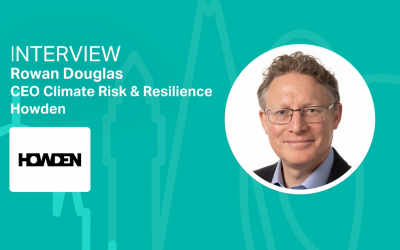Sustainability progress on California’s high-speed rail project
The California High-Speed Rail Authority (CHSRA) has discussed plans for the upcoming high-speed rail in their recent annual sustainability report.

The California High-Speed Rail Authority (CHSRA) has discussed plans for the upcoming high-speed rail in their recent annual sustainability report.
The report highlights the Authority’s actions to offset emissions and introduces the idea of the role that small business from disadvantaged communities in California play in planning, designing and building the high-speed rail system.
The report demonstrates progress made since the 2017 release; 99 per cent of all construction materials have been recycled, keeping 118,000 tons of waste material out of landfills.
Brian Kelly, Authority CEO, said “Our goal is to create the greenest infrastructure project in the nation, both in its operation and in its construction.”
The CHSRA has announced that the high-speed rail has a priority to reduce greenhouse gas emissions. It will eliminate dangerous grade crossings which will give the community cleaner air and safer access. During construction, emissions-reducing equipment will be used to ensure cleaner air on site and almost 2,400 tonnes of material taken from demolishing projects have already been recycled or reused.
The authority will work with cities to create stations that are part of the community they serve. They will incorporate onsite renewable energy production which contributes to running the system on 100 per cent renewable energy.
The construction of the rail has employed 2100 construction workers and pumped more than $1.5 billion into disadvantaged communities. The rail intends to connect California’s north and south regions while delivering social, economic and environmental benefits.
“We understand how important it is for us to deliver high-speed rail to California. It will not only keep California moving, it is essential to our state’s success in reducing air pollution, cutting greenhouse gas emissions and addressing the devastating effects of climate change,” added Kelly.

_400_250_s_c1.png)




